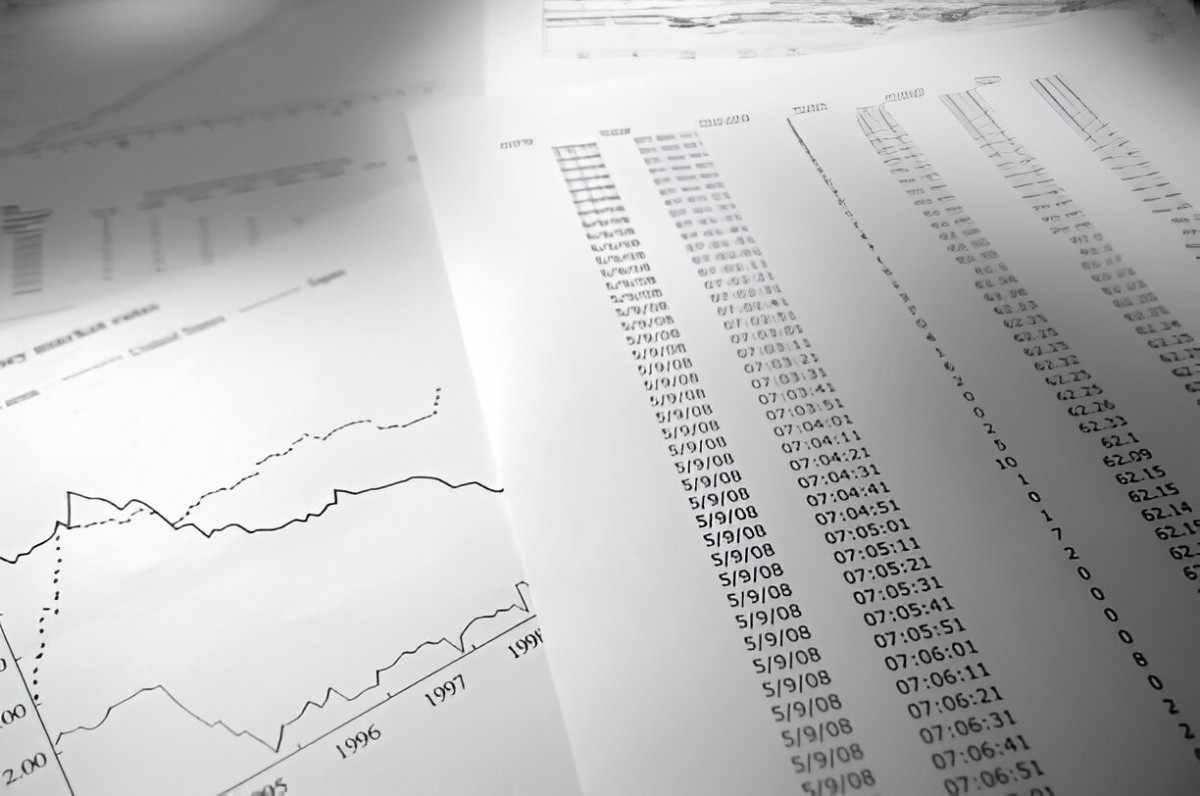Introduction
As a finance professional, I often rely on historical mutual fund performance data to make informed investment decisions. Archival data provides a treasure trove of insights, helping investors understand risk, returns, and long-term trends. In this article, I will explore how historical mutual fund data is collected, analyzed, and used to predict future performance. I will also discuss key statistical methods, biases, and practical applications for investors.
Table of Contents
Why Historical Mutual Fund Data Matters
Historical performance data serves as a foundation for evaluating mutual funds. While past performance does not guarantee future results, it helps identify patterns, assess fund manager skill, and compare funds within the same category.
Key Uses of Archival Data:
- Performance Benchmarking – Comparing a fund against its benchmark index.
- Risk Assessment – Measuring volatility, drawdowns, and downside protection.
- Style Analysis – Determining if a fund adheres to its stated investment strategy.
- Survivorship Bias Detection – Identifying whether poorly performing funds have been excluded from datasets.
Sources of Historical Mutual Fund Data
Several institutions maintain extensive databases of mutual fund performance. Some of the most reliable sources include:
| Data Provider | Coverage | Key Features |
|---|---|---|
| CRSP (Chicago) | US mutual funds since 1962 | Survivorship-bias-free data, net returns included |
| Morningstar | Global funds, extensive metrics | Risk-adjusted returns, star ratings |
| Lipper | Fund classifications, performance trends | Tax efficiency analysis |
| SEC EDGAR Database | Regulatory filings, expense ratios | Official fund prospectuses and reports |
Each source has strengths and limitations. For instance, CRSP is favored in academic research because it includes defunct funds, reducing survivorship bias.
Analyzing Historical Performance: Key Metrics
When I analyze mutual fund data, I focus on several quantitative measures:
1. Annualized Returns
The geometric mean return over a period accounts for compounding. The formula is:
(1 + R_1) \times (1 + R_2) \times \dots \times (1 + R_n)^{1/n} - 1Example: If a fund returned 10%, 5%, and -2% over three years, the annualized return is:
\left(1.10 \times 1.05 \times 0.98\right)^{1/3} - 1 = 4.21\%2. Risk-Adjusted Returns (Sharpe Ratio)
The Sharpe Ratio measures excess return per unit of risk (standard deviation):
Sharpe\ Ratio = \frac{R_p - R_f}{\sigma_p}Where:
- R_p = Portfolio return
- R_f = Risk-free rate (e.g., 3-month T-bills)
- \sigma_p = Standard deviation of returns
A higher Sharpe Ratio indicates better risk-adjusted performance.
3. Expense Ratios and Their Impact
Fees erode returns over time. A fund with a 1% expense ratio vs. 0.2% can significantly underperform over decades.
Example:
- Fund A: 7% annual return, 1% fee → Net return = 6%
- Fund B: 6.5% annual return, 0.2% fee → Net return = 6.3%
Despite Fund A’s higher gross return, Fund B delivers better net returns.
Common Biases in Historical Data
Survivorship Bias
Many datasets exclude funds that closed or merged, inflating average returns. A study by Malkiel (1995) found that survivorship bias overstated returns by ~1.5% annually.
Look-Ahead Bias
Using data unavailable at the decision point (e.g., including funds that performed well only after the analysis period).
Selection Bias
Focusing only on top-performing funds while ignoring broader trends.
Case Study: S&P 500 Index Funds vs. Active Funds
Historical data shows that most active funds underperform their benchmarks. SPIVA data (2023) reveals:
| Period | % of Active Funds Underperforming S&P 500 |
|---|---|
| 1-Year | 65% |
| 5-Year | 82% |
| 10-Year | 88% |
This reinforces the case for low-cost index funds.
Regression Analysis: Predicting Future Performance
Some analysts use regression models to predict fund performance. A basic linear regression model is:
R_{fund} = \alpha + \beta (R_{market}) + \epsilonWhere:
- \alpha (alpha) = Excess return (skill)
- \beta (beta) = Market sensitivity
- \epsilon (epsilon) = Random error
A positive alpha suggests outperformance, but persistence is rare.
Practical Takeaways for Investors
- Focus on Long-Term Trends – Short-term data is noisy.
- Check for Survivorship Bias – Ensure datasets include defunct funds.
- Compare Fees – High expenses hurt compounding.
- Diversify – Avoid over-relying on past winners.
Conclusion
Historical mutual fund data is a powerful tool, but it must be used carefully. By understanding biases, applying statistical methods, and focusing on costs, investors can make better decisions. While no model guarantees future success, a disciplined, data-driven approach improves the odds.





